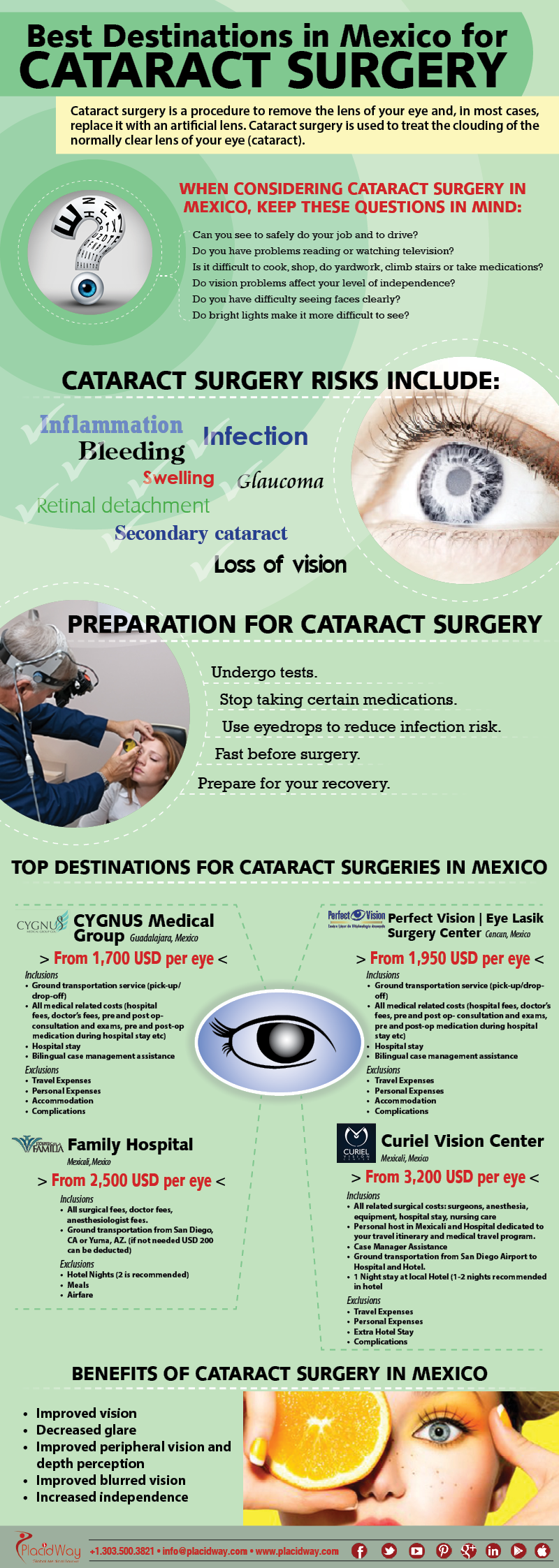The Ultimate Frequently Asked Question On Refractive Lens Exchange: Everything You Need To Know
The Ultimate Frequently Asked Question On Refractive Lens Exchange: Everything You Need To Know
Blog Article
Web Content Create By-Miller Rodgers
If you're thinking about refractive lens exchange, you probably have a lot of questions. This procedure might alter how you see the world, supplying benefits like decreased dependancy on glasses. Nonetheless, it's important to comprehend the procedure, risks, and that qualifies as a good candidate. Let's check out these essential facets so you can make an educated choice regarding whether RLE is right for you.
What Is Refractive Lens Exchange and How Does It Work?
Refractive lens exchange (RLE) is a surgical procedure created to change your eye's all-natural lens with an artificial one, dealing with vision issues like nearsightedness, farsightedness, or presbyopia.
Throughout the treatment, your cosmetic surgeon makes a tiny laceration in the eye, eliminates your natural lens, and inserts an intraocular lens (IOL) customized to your vision needs. This outpatient surgical procedure generally takes around 15 to half an hour per eye and is executed under local anesthesia.
You'll likely see enhancements in your vision virtually instantly, though complete healing may take a few weeks. RLE is particularly useful for those over 40 or with high prescriptions, using a resilient option contrasted to glasses or contact lenses.
Your eye treatment specialist can assist figure out if RLE is right for you.
What Are the Benefits and Risks of Refractive Lens Exchange?
Choosing refractive lens exchange can bring about substantial improvements in your vision, however it is very important to evaluate both the advantages and dangers prior to making a decision.
On the bonus side, this treatment can enhance your sight by correcting concerns like presbyopia, nearsightedness, and hyperopia. Many patients take pleasure in reduced dependence on glasses or call lenses, which can considerably boost their quality of life.
Nonetheless, it's important to think about possible risks. Complications can include infection, glare, or halos around lights.
There's likewise an opportunity of overcorrection or undercorrection, which might require extra procedures.
That Is a Suitable Candidate for Refractive Lens Exchange?
If you're thinking about refractive lens exchange, it is essential to know whether you fit the account of a suitable candidate. Typically, Small Incision Lenticule Extraction might be a good prospect if you're over 40, experience presbyopia, or have high degrees of nearsightedness or farsightedness.
It's also vital that your vision is stable, meaning your prescription hasn't transformed significantly in the past year. If https://www.healthline.com/health/hair-loss-after-surgery have cataracts or other eye problems, you might take advantage of this treatment too.
Nevertheless, certain elements, like uncontrolled diabetic issues or autoimmune conditions, could invalidate you. To determine your candidateship, consult with an eye care specialist that can evaluate your details situation and recommend the most effective strategy tailored to your requirements.
Final thought
In conclusion, refractive lens exchange can be a transformative option for enhancing your vision, specifically if you more than 40 or have a high prescription. While the advantages are significant, it's vital to weigh the dangers and speak with your eye treatment professional to determine if you're an optimal candidate. With the appropriate information and support, you can make an informed decision and perhaps take pleasure in a life with minimized reliance on glasses.
